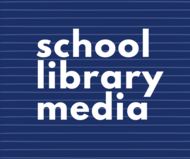
(View Complete Item Description)
Students will investigate an invasive species. Two students in the class will be investigating the same invasive species. Once they have investigated on their own, the two will then collaborate to create a visual presentation using technology, such as PowerPoint, Google Slides, or Prezi, to present to the class. This lesson will inform students about the destructive nature of species being transferred from one ecosystem to another ecosystem. The lesson will introduce students to invasive species throughout the world and how they affect ecosystems. During the lesson students will be able to determine different methods of transport for invasive species such as the ones that can hitch rides to those that have been purposely introduced by humans.This lesson was developed by Elizabeth Bartlett as part of their completion of the North Carolina Global Educator Digital Badge program. This lesson plan has been vetted at the local and state level for standards alignment, Global Education focus, and content accuracy.
Material Type:
Lesson Plan
Author:
Melody Casey




















